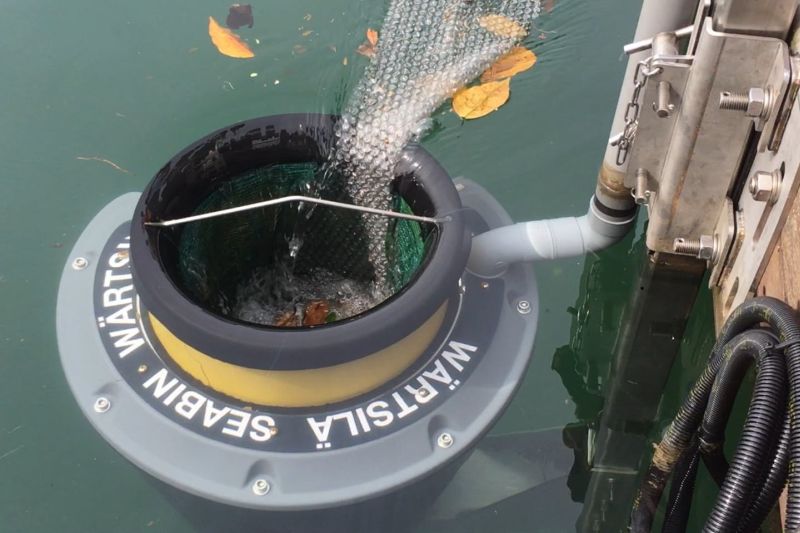
Thanks to Andrew Turton and Pete Celegliski, the Australians who brought to life an eco-friendly device that helps maintain marine hygiene. The innovation took a better approach in 2015 when Poralu took over its production and has since remained the only distributor of sea bins.
This post is vital and intends to shed light on how the sea bin V5 operates and its benefits.
How it operates

The sea bin V5 has a submersible water pump that sucks water from the surface, which can displace about 25000 liters per hour. The sea bin V5 has a catch bag inside that holds the marine debris but allows water to pass through.
The sea bin is plugged directly into the 110/220V outlet. The water collected is pumped back into the sea, leaving the debris inside the sea bin.
The sea bin catches about 1.5 tons of marine waste in a year. In case you are wondering how, the catch bag inside the sea bin is capable of holding up to 20 kilograms, and the best part is that it can be changed multiple times in a day depending on the amount of waste.
To checkout a floating sea bin in action click here: https://www.youtube.com/watch?v=m53BmxssX5c
How is the sea bin maintained?
The catch bag holds up to 20 kilograms of waste. It should be emptied frequently as needed and checked at least twice every day. The number of sea bins a marina can have depends on its size. A medium-sized one requires 2-6 sea bins depending on the marina condition.
How much power is used?
A sea bin uses ac power of 110V OR 220 V. Its power consumption is usually 2.5amps @ 500 watts.
Are floating pontoons are negotiable?
Floating pontoons are non-negotiable. These are vital requirements for a successful sea bin project. This innovation was brought to light by poralu. Not only is he the floating dock supplier, but also the builder. After his encounter with sea bins, he realized that floating pontoons were a robust and dependable solution that would enhance the sea bin’s effectiveness.
Floating docks are made with series 6005A T6 marine –grade aluminum alloy. The docks are supported by polythene rotomoulded floats and are filled with some polystyrene that is high density.
The main reason for its rotational molding and expanded polystyrene foam is to ensure that the floats don’t sink. Aluminum is considered perfect due to its lightness, sustainability, and resistance to rigidity, recyclability, design, and manufacturing reliability.
When it comes to cost, aluminum comes in handy. The main things to consider are the purchase price, transportation and installation cost, maintenance, and end-of-life cost. The end of life fee covers the expense of demolition or removal of the floating deck.
Wrapping it up
Clean marines are vital. The seabin project enhances unity due to communities joining forces to ensure that they participate in keeping their marines clean.
Article Submitted By Community Writer



